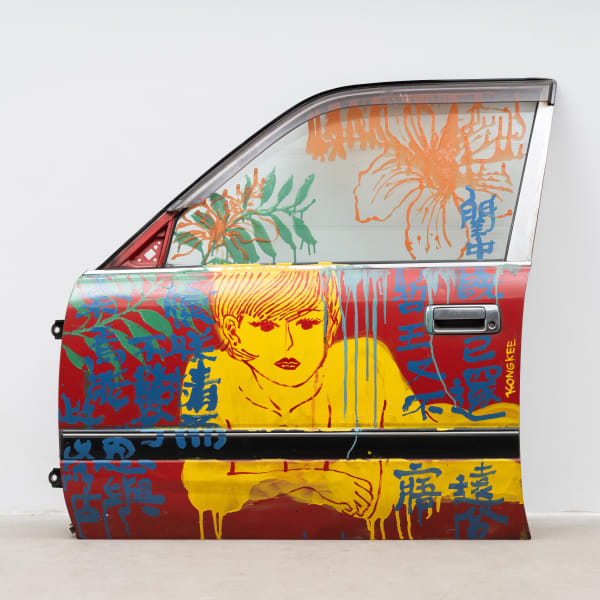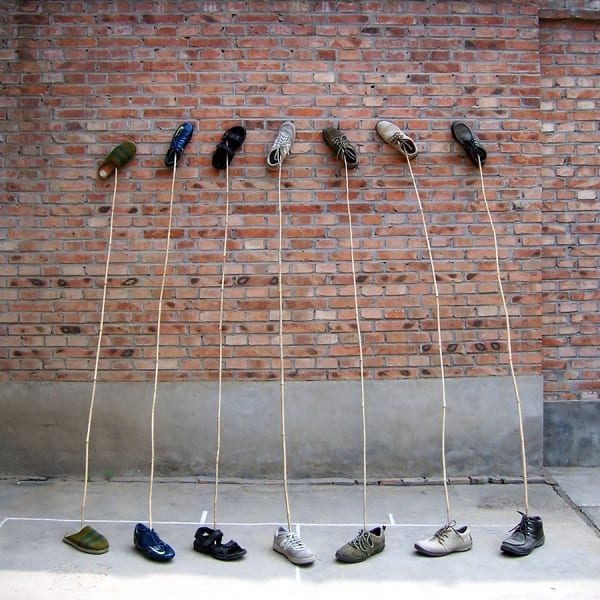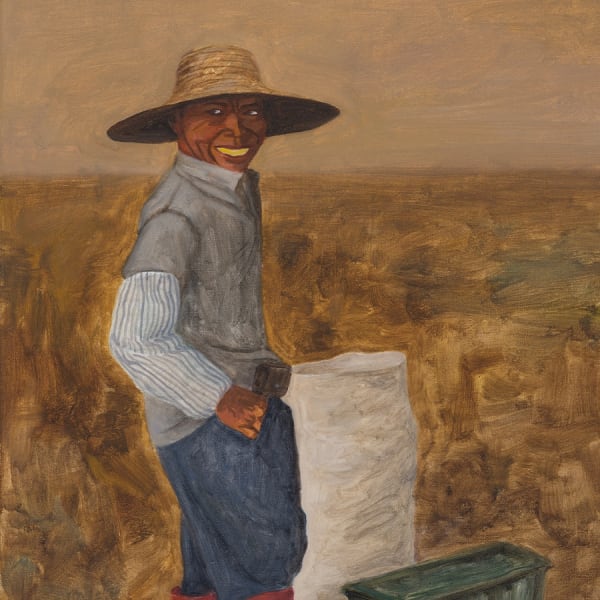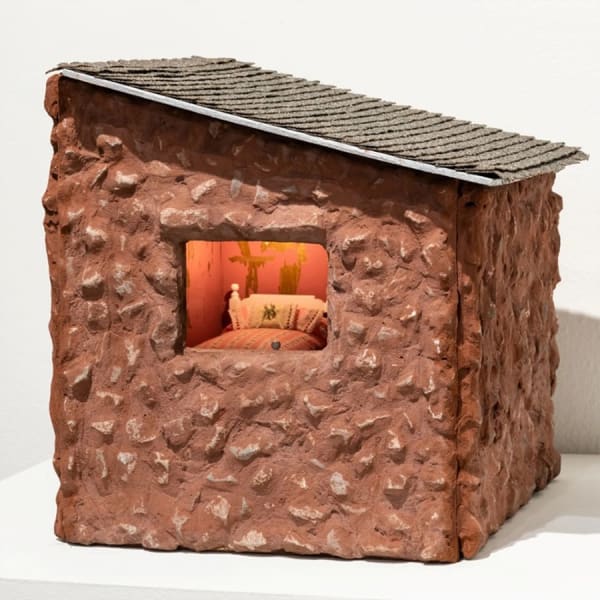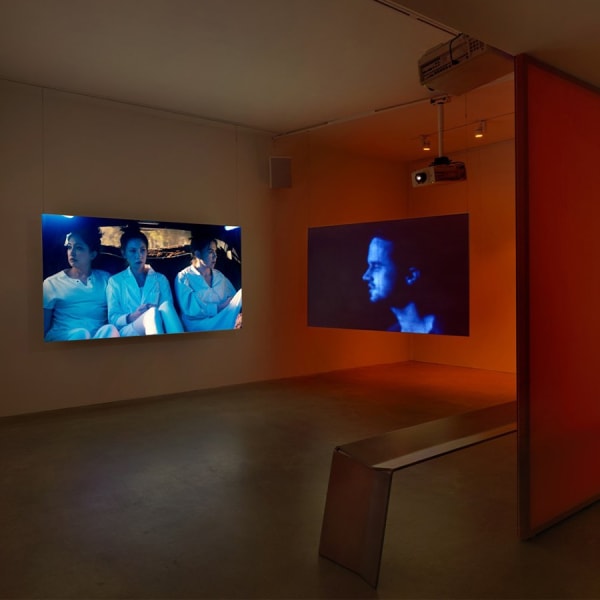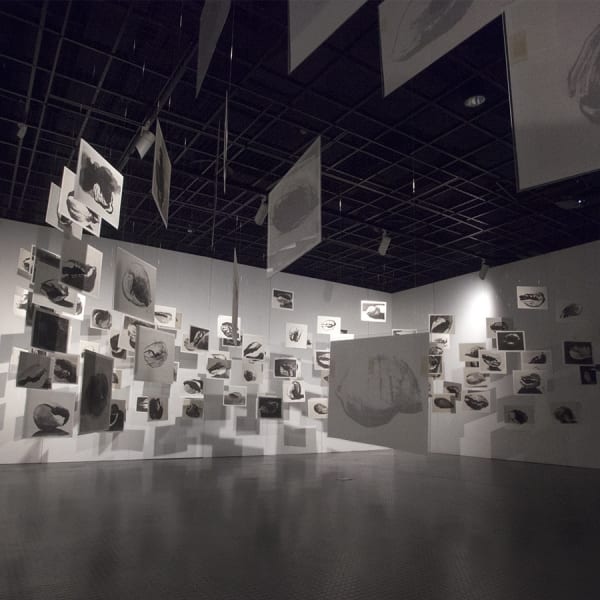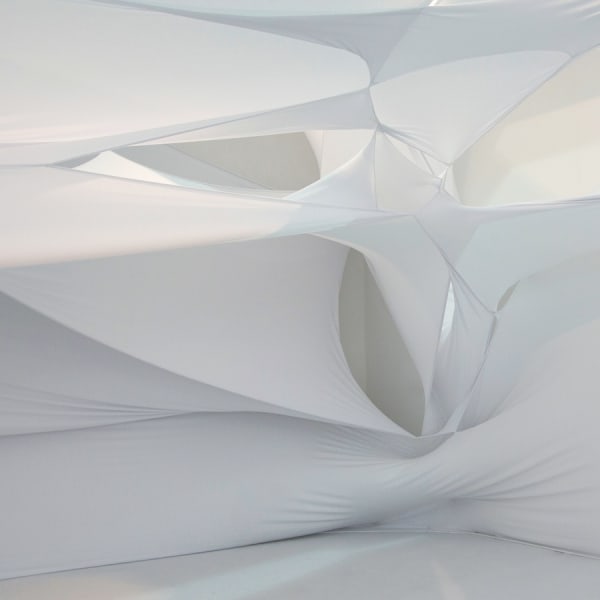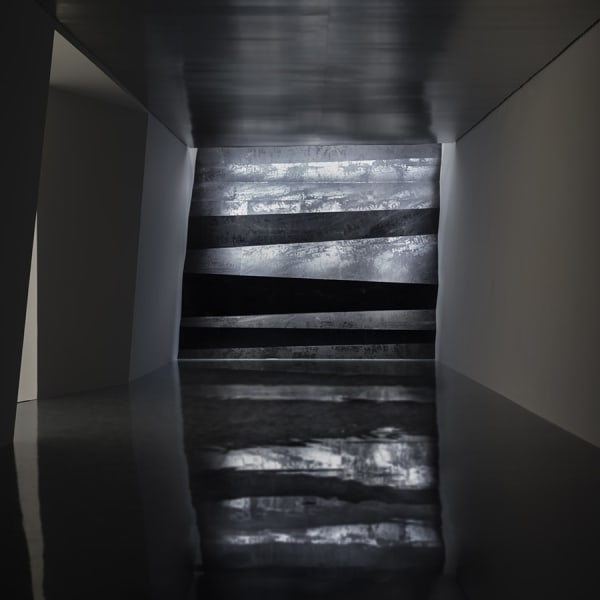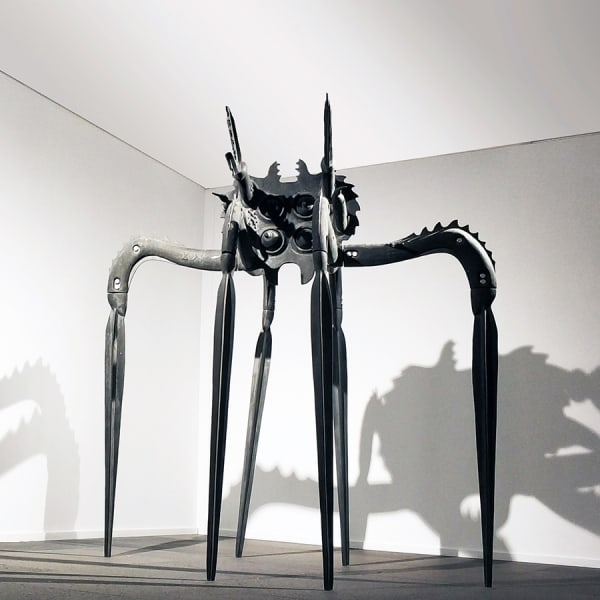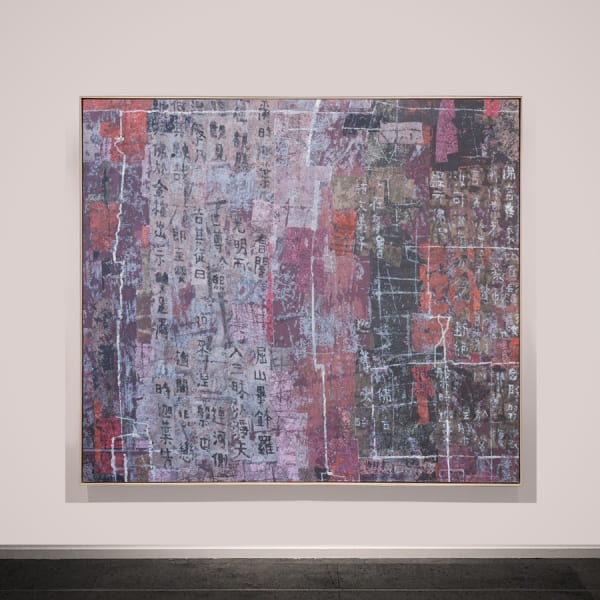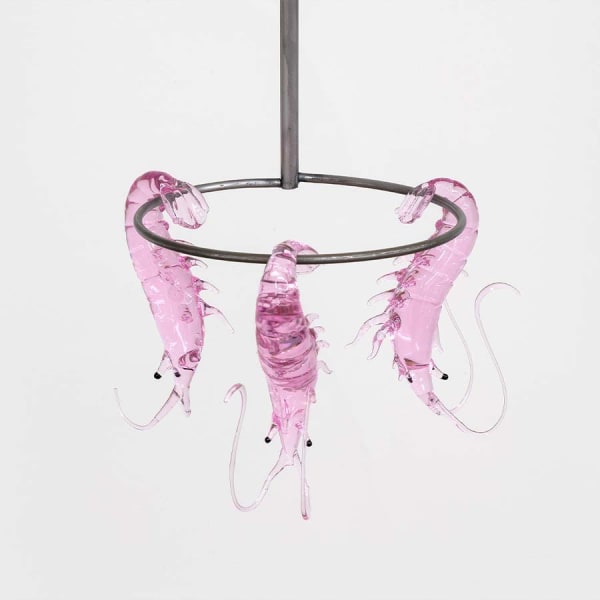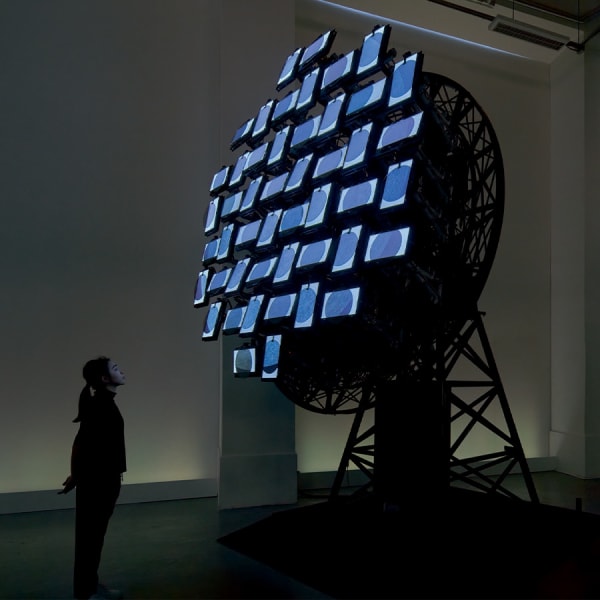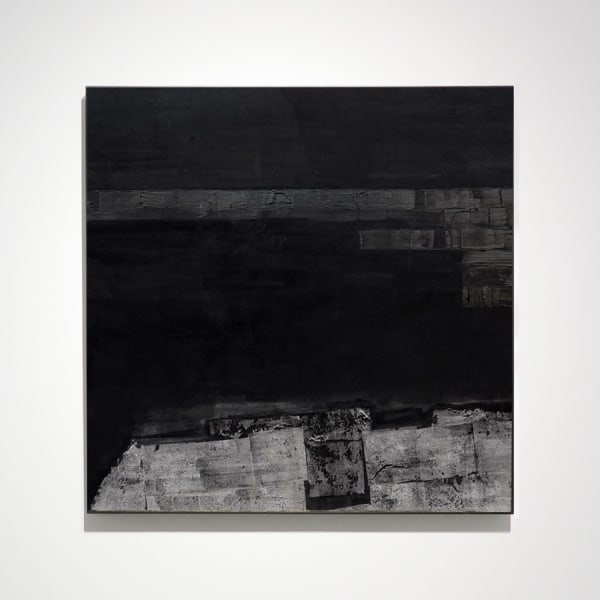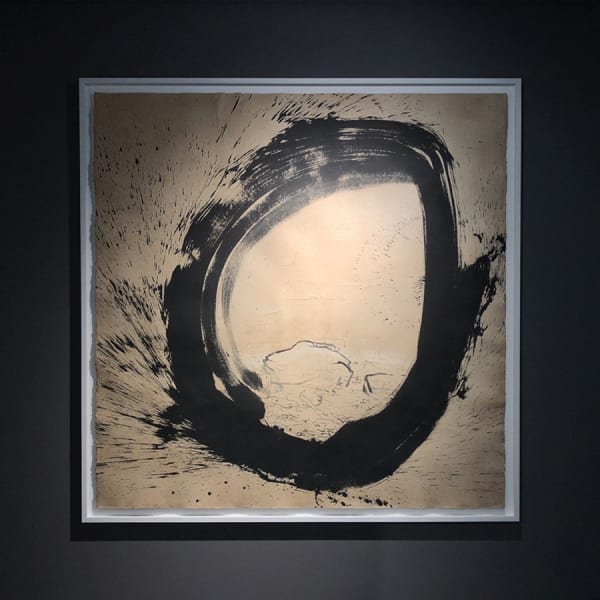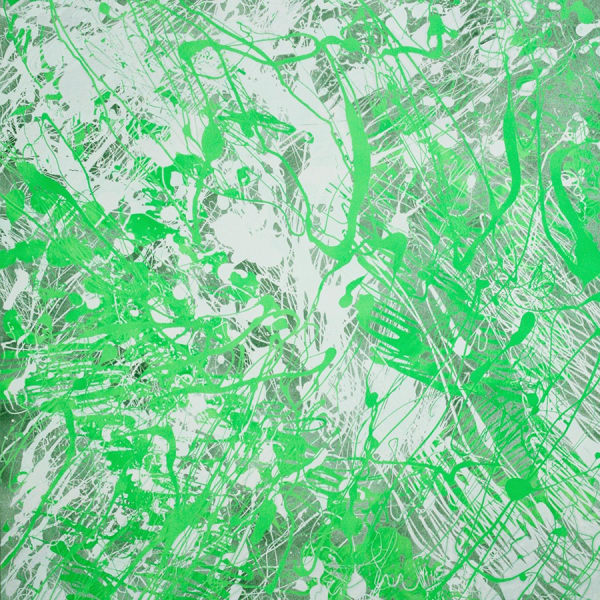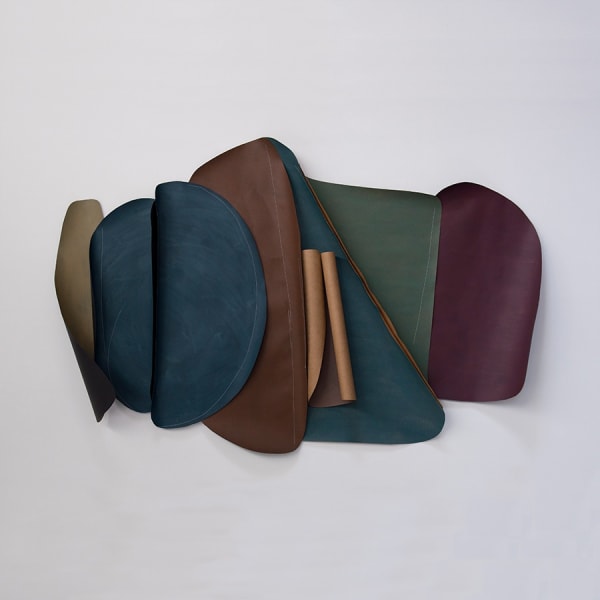-

Roland Biermann
-

Gordon Cheung 張逸斌
-

Fung Ming Chip 馮明秋
-

Kongkee 江記
-

Lam Tung Pang 林東鵬
-

Li Yonggeng 李永庚
-

Liu Kuo-Sung 劉國松
-

Liu Sheng 劉聲
-

Adia Millett
-

Michael Müller
-

Alison Nguyen
-

Tang Kwong San 鄧廣燊
-

Wesley Tongson 唐家偉
-

Tsang Kin-Wah 曾建華
-

Wang Gongyi 王公懿
-

Wu Chi-Tsung 吳季璁
-

Guanyu Xu 徐冠宇
-

Stella Zhang 張爽
-

Zheng Chongbin 鄭重賓
-

Ivana Bašić
-

Kurt Chan 陳育強
-

Chen Hui-Chiao 陳慧嶠
-

Cheung Yee 張義
-

Chou Lu Yun, Irene 周綠雲
-

Jes Fan 范加
-

Fong Chung-Ray 馮鍾睿
-

Juan Ford
-

Ho Sin Tung 何倩彤
-

Hu Chi-Chung 胡奇中
-

Steph Huang 黃麗音
-

Phoebe Hui 許方華
-

Yutaka Inagawa
-

Dew Kim
-

Kwok Hon Sum 郭漢深
-

Lan Zhenghui 藍正輝
-

Li Gang 李綱
-

Li Hao 李皓
-

C. N. Liew 劉慶倫
-

Lin Yusi 林于思
-

Crystal Liu
-

Cathy Lu
-

Meghann Riepenhoff 梅根·瑞普霍夫
-

Green Mok 莫育權
-

Qin Chong 秦沖
-

Qin Feng 秦風
-

Qin Wen 秦文
-

Qin Xiaoshi 覃小詩
-

Shi Jinsong 史金淞
-

Tang Chang 陳壯
-

Tseng Chien-Ying 曾建穎
-

Juan Uslé
-

Wang Chuan 王川
-

Wang Zhiyuan 王志淵
-

Wu Shan 吳杉
-

Xiao Bo 蕭搏
-

Yan Shanchun 嚴善錞
-

Yao Hai 姚海
-

Yeh Jen-Kun 葉仁焜
-

Rachel Youn
-

Young-Sook Park 朴英淑
-

Zhu Yiyong 朱毅勇



